
Environment
The truth about carbon capture
Carbon capture is big business, but its challenges fly in the face of the need to lower emissions. Can we square the circle on this technological Wild West?
- 5042 words
- 21 minutes
This article is over 5 years old and may contain outdated information.
Science & Tech
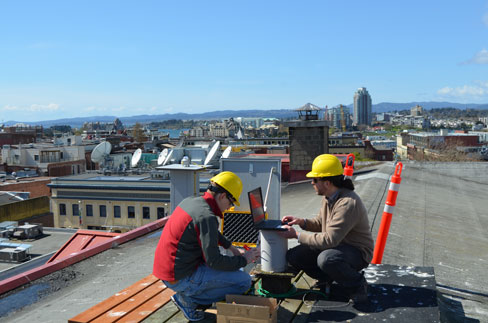
A joint project in Victoria sheds new light on how urbanites can use solar energy.
The project — the creation of an online solar energy map — will allow city dwellers to find out how much solar energy could be captured on Victoria’s rooftops.
“Our society needs to wean itself off of fossil fuels,” says Chris Krasowski, a University of Victoria masters student who was the mastermind behind the solar energy project called VicMap. “The potential for solar energy is huge and this project will help inform people of that potential.”
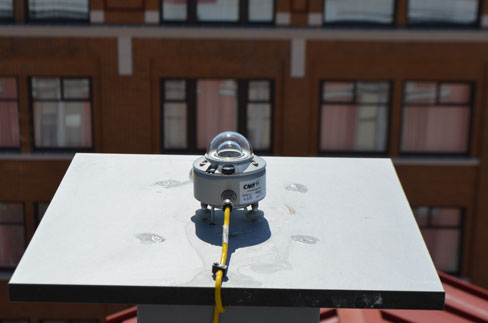
VicMap is a joint project between the University of Victoria, the City of Victoria and the Federal Natural Sciences and Engineering Research Council. It will use weather data supplied by a pyranometer, an instrument used to measure solar radiation. The instrument will roost on top of the Victoria City Hall building and provide invaluable information about the sun’s spectrum for a year.
Krasowski is also interpreting more than 10 years of data on solar energy and weather patterns from the School-Based Weather System in Victoria, a weather monitoring initiative developed at the University.
When VicMap is completed in the spring of 2015, Victoria residents will be able to use the online map to zoom in on a rooftop, view the solar energy potential and identify the specific area of the roof that is best for solar equipment. Krasowski’s map model even takes shade from nearby trees and the slope of a roof into account when calculating solar potential.
“You don’t need a science degree to interpret the information on the map,” he says.
Krasowski hopes this map will set an example for other municipalities in British Columbia.
Are you passionate about Canadian geography?
You can support Canadian Geographic in 3 ways:

Environment
Carbon capture is big business, but its challenges fly in the face of the need to lower emissions. Can we square the circle on this technological Wild West?
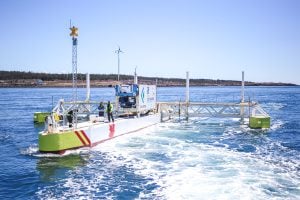
Science & Tech
In the Bay of Fundy, technicians are putting a groundbreaking new tidal technology through its paces
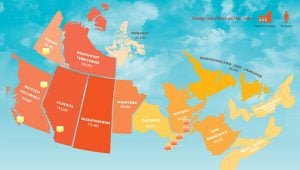
Science & Tech
Where and how we live affect how much energy we consume. Here’s what Canada would look like if the provinces and territories were scaled to represent the amount of energy they use.
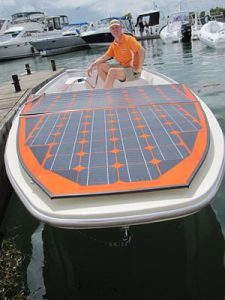
Environment
From energy-efficient stadiums to solar-powered boats, making leisure time clean and green is all the rage